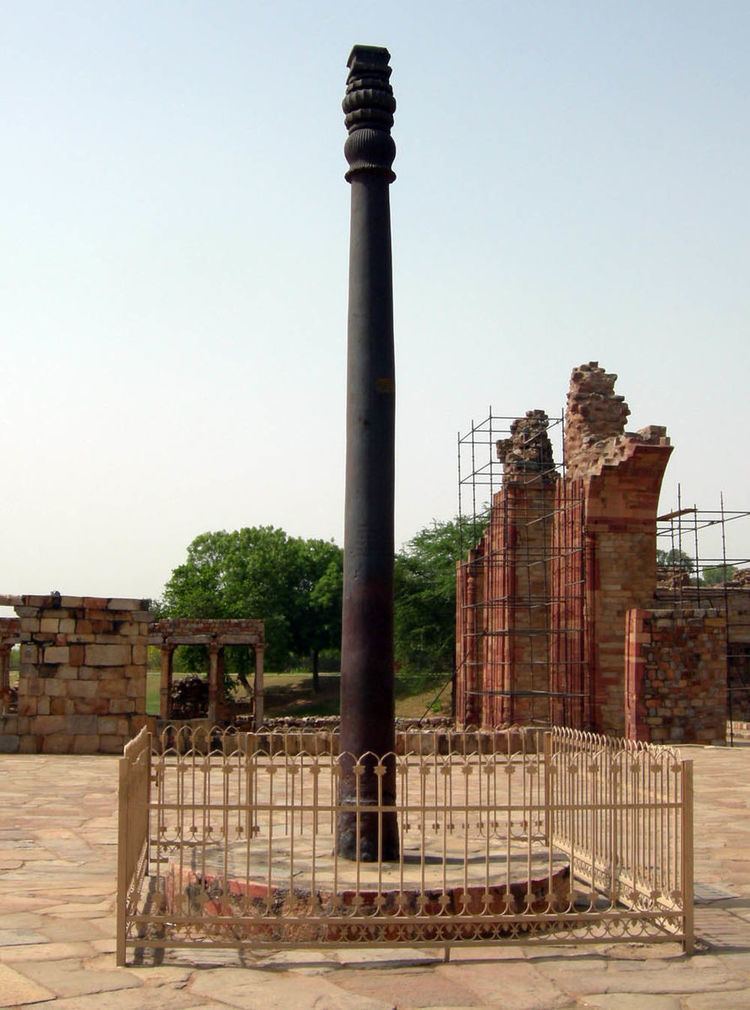 | ||
An Out-of-place artifact (OOPArt) is an artifact of historical, archaeological, or paleontological interest found in an unusual context, that challenges conventional historical chronology by being "too advanced" for the level of civilization that existed at the time, or showing "human presence" before humans were known to exist.
Contents
- Examples
- Unusual artifacts
- Questionable interpretations
- Unlikely interpretations
- Natural objects mistaken for artifacts
- Erroneously dated objects
- Modern day creations forgeries hoaxes
- Entirely fictional
- References
The term is rarely used by historians or scientists. Its use is largely confined to cryptozoologists, proponents of ancient astronaut theories, Young Earth creationists, and paranormal enthusiasts. The term is used to describe a wide variety of objects, from anomalies studied by mainstream science and pseudoarchaeology far outside the mainstream to objects that have been shown to be hoaxes or to have mundane explanations.
Critics argue that most purported OOPArts which are not hoaxes are the result of mistaken interpretation, wishful thinking, or a mistaken belief that a particular culture couldn't have created an artifact or technology due to a lack of knowledge or materials. In some cases, the uncertainty results from inaccurate descriptions. For example: the Wolfsegg Iron was said to be a perfect cube, but in fact it is not; the Klerksdorp spheres were said to be perfect spheres, but they are not; and the Iron pillar of Delhi was said to be "rust proof", but it has some rust near its base.
Supporters regard OOPArts as evidence that mainstream science is overlooking huge areas of knowledge, either willfully or through ignorance. Many writers or researchers who question conventional views of human history have used purported OOPArts in attempts to bolster their arguments. Creation Science relies on allegedly anomalous finds in the archaeological record to challenge scientific chronologies and models of human evolution. Claimed OOPArts have been used to support religious descriptions of pre-history, ancient astronaut theories, and the notion of vanished civilizations that possessed knowledge or technology more advanced than that of modern times.
Examples
The following are examples of objects that have been argued by various fringe authors (see list) to have been OOPArts:
Unusual artifacts
A minority of alleged OOPARTs are at least debatably unusual within the scientific mainstream, although not impossible for their time period.
